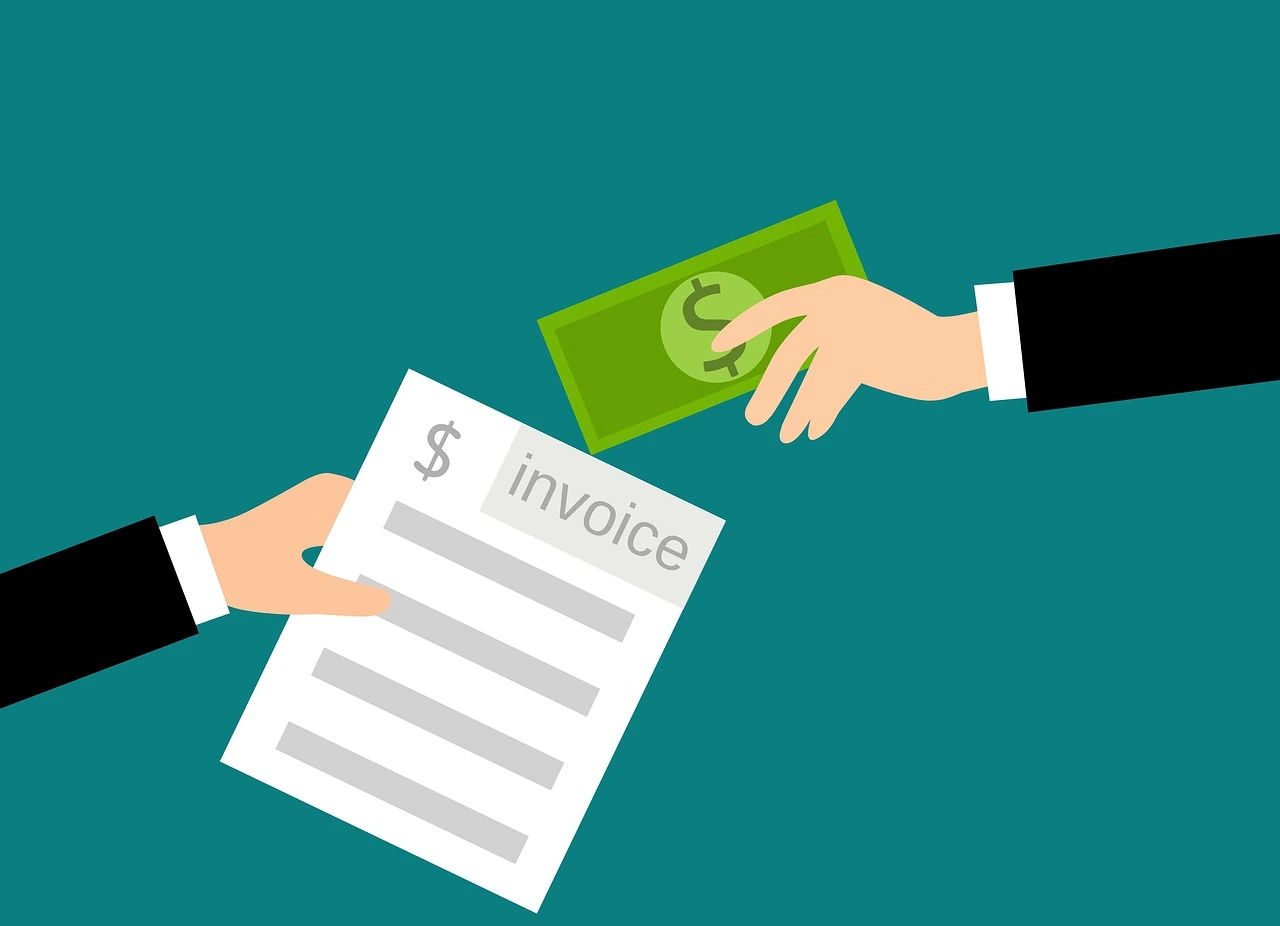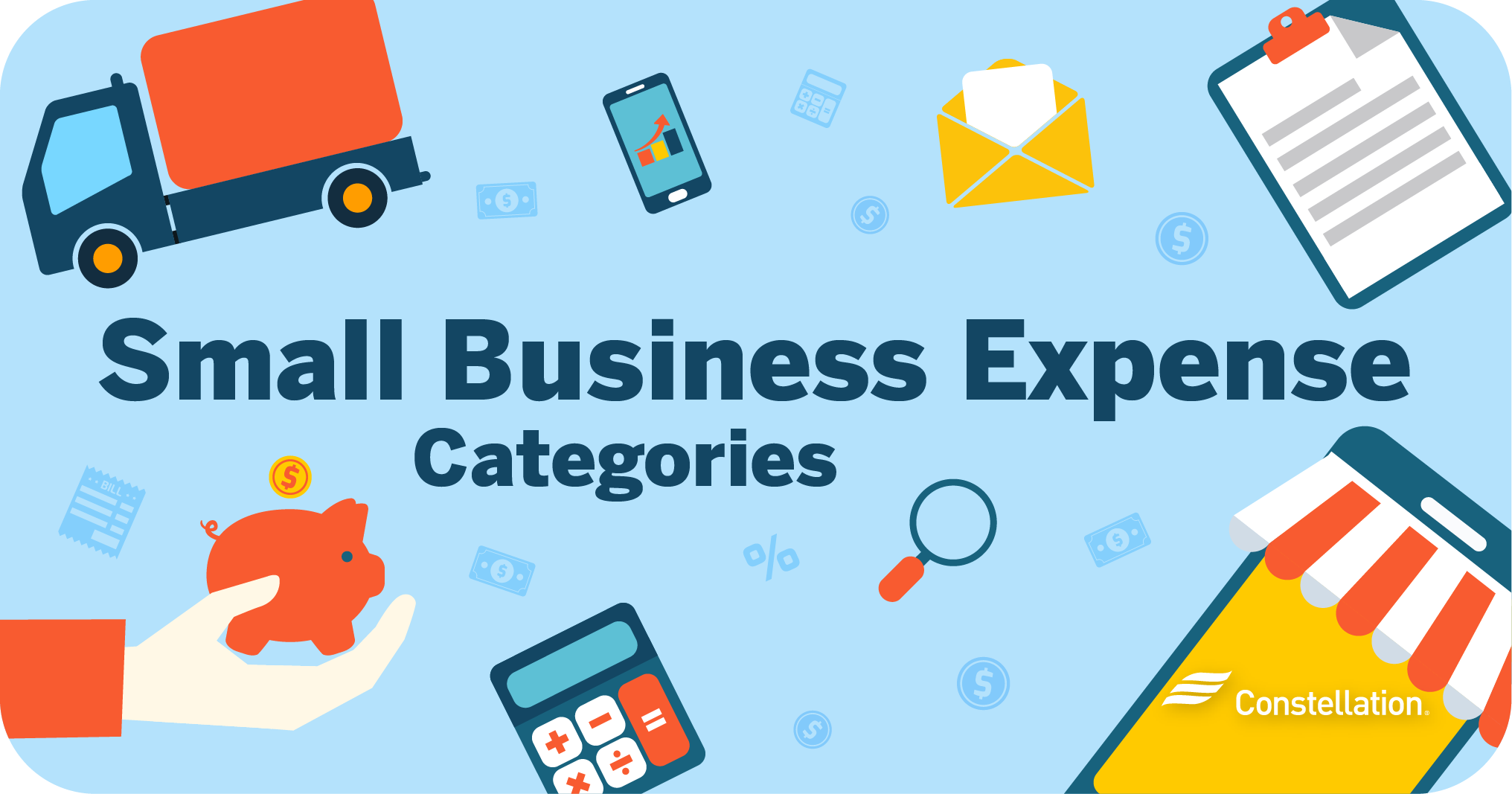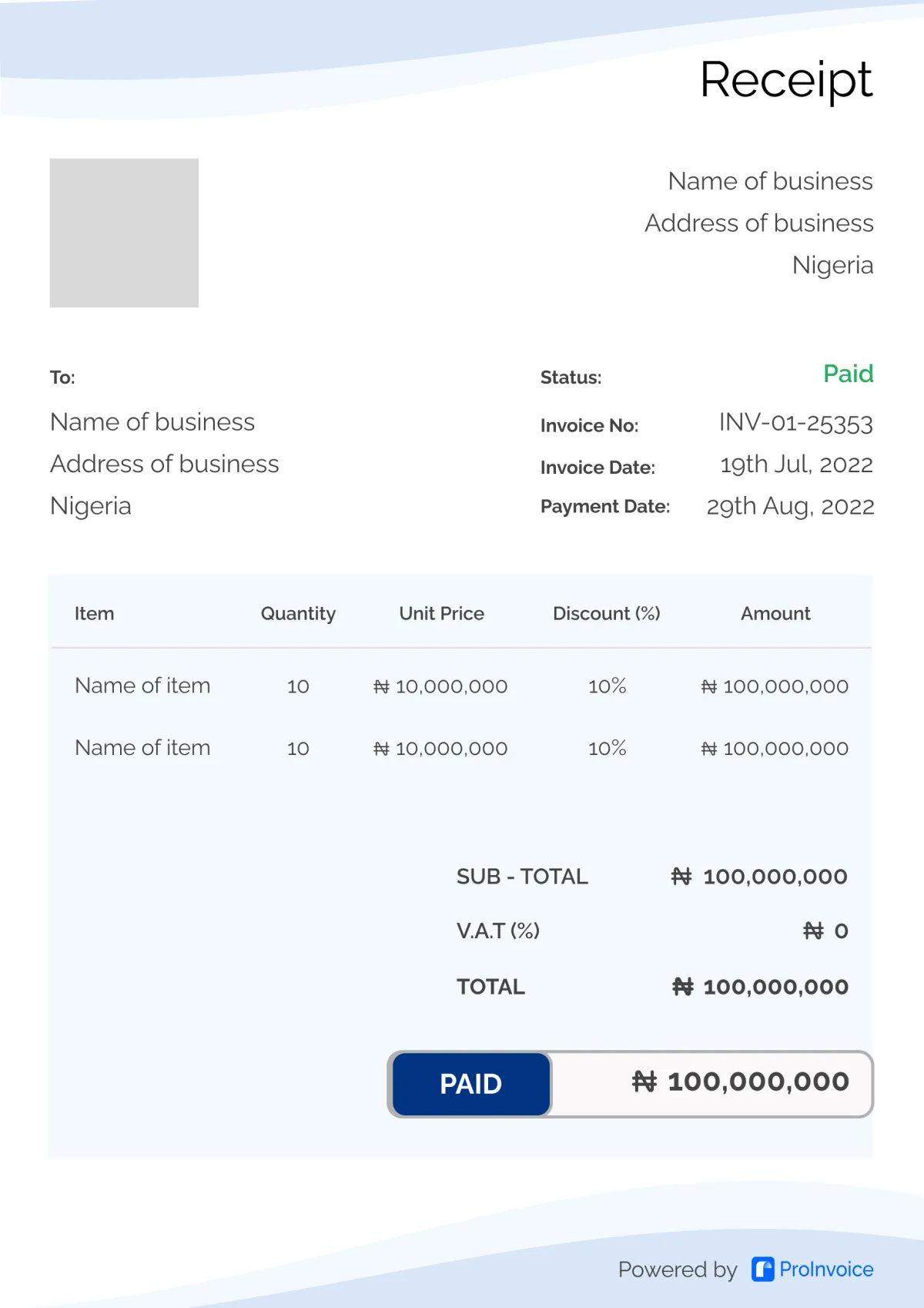Before we start talking about what should every invoice include, it’s important to talk about some facts. Money is the main thing in a business and one won’t be able to survive if it’s lacking.
Getting paid for the job done is essential and receiving the payment on time is crucial to ensure the continuous inflow of cash.
An invoice is a great option that offers an automatic solution to the problem of receiving payments. It will enable you to receive your payment on time.
However, your invoice has to be well prepared to enable easy and fast payment. An invoice that is formatted well will go a long way in ensuring that you receive payment fast without complications that can arise from information that is not complete or clear.
If it is designed properly covering every essential information, it will give you a great impression in front of your customers.
Also, you will appear professional and efficient with a well-planned invoice.
Every invoice should include a receipt or credit note, an invoice number that is unique to every individual invoice to enable easy identification, and the name and address of your business and that of your client.
Also, an invoice must include a complete description of the product or service the invoice is for, the date the product or service was supplied, the date of the invoice generation, the quantity of each product or service to be paid for, and the entire sum payable.
Lastly, it should include the terms of payment which include the time for the payment which is indicated at the invoice’s bottom, the number of the purchase order, and the means to carry out the payment of the invoice.
What Should Every Invoice Include?
Why Should Legal Information Be Included Carefully In An Invoice?
Legal information is very important and must be included in your invoice. This legal information is what your client will see in the invoice to know more about the whole payment.
The details have to be stated clearly to give your client sufficient information on the service rendered.
Firstly, the word ‘invoice’ has to be displayed boldly on the paper. Then, other information which should be legally included is an identification number that is unique to you, the name, contacts, and address of your company and that of the client that is to receive the invoice. A comprehensible description of the service you created the invoice for, the date the service was supplied and that of the invoice, and the sum being charged.
The legal information also includes the VAT charge if it’s applied in that situation and even the total of what your client is owing you.
This information is very crucial and constitutes the main details needed by your customer to pay you.
If you own a limited liability company, your invoice should also display the complete name and address of the company as it is on your incorporation certificate and any other legal document.
All this legal information is needed to prevent complications and misunderstandings.
What Should I Include If Registered For VAT?
If you are a sole merchant or a limited enterprise owner and you are enrolled for VAT, you have to add your VAT number in any invoice you’re sending out.
This complies with the rule on the VAT invoice of HMRC. In this rule, it’s stated that the invoice must contain a unique invoice number which continues from the former invoice’s number, your company’s name and location, the VAT number of your company, the date of the invoice, and the date of supplying the service which is also called tax point if it differs from that of the invoice.
Then, other details to be included are the name and location of your customer, a broad and complete description identifying the product or service provided for the client, cash discounts rate, the complete sum payable apart from VAT, and the whole VAT charges.
Note that if a serially numbered invoice is canceled, it must be kept to be shown to a VAT agent when VAT scrutiny is going on.
Why Must My Payment Information Be Added To My Invoice?
Adding your payment information makes it so easy for you to be paid by clients. Even the details of your bank account should be included in your invoice if you’re receiving your payments from banks or BACS.
If you’re sending your invoice digitally like through emails, texts, and Whatsapp, and you are using online services like PayPal, GoCardless, or Stripe to receive your payments from clients, a link should be included when sending the invoice.
Also, the payment link can be shared to enable clients to send your payment with one click. It is your choice to make how fast you need to receive the payment.
Specify your terms of payment and ensure that it’s kept to by your clients.
You may even prepare an automatic email reminder and allow the invoicing software to help you pursue late payers and also send thanks when they pay up.
Your invoice must be carefully prepared with every necessary information needed by your client.
What Should Be Included In International Invoices?
If you’re issuing an invoice in a foreign currency or another language, then you should include VAT charges. For example, where the product or service is being provided for the UK, the VAT should be shown in sterling.
Also, a translation should be provided that will be inspected by a VAT agent.
Generally, an international invoice should include the client’s company, name, contacts, and information on goods or services provided like the amount and description.
Also included is the invoice number which must be unique, the date of issuing the invoice, tax if it applies, the way to pay, the total sum to be paid in a stipulated currency, and terms of payment, which includes a little penalty for paying late.
When doing business internationally, you should be aware of the fact that there is always a fluctuation in the exchange rate.
Therefore, if you usually charge your client in foreign currency, your terms of payment and currency conversions will determine the amount you will finally get as payment for your products and services supplied.













